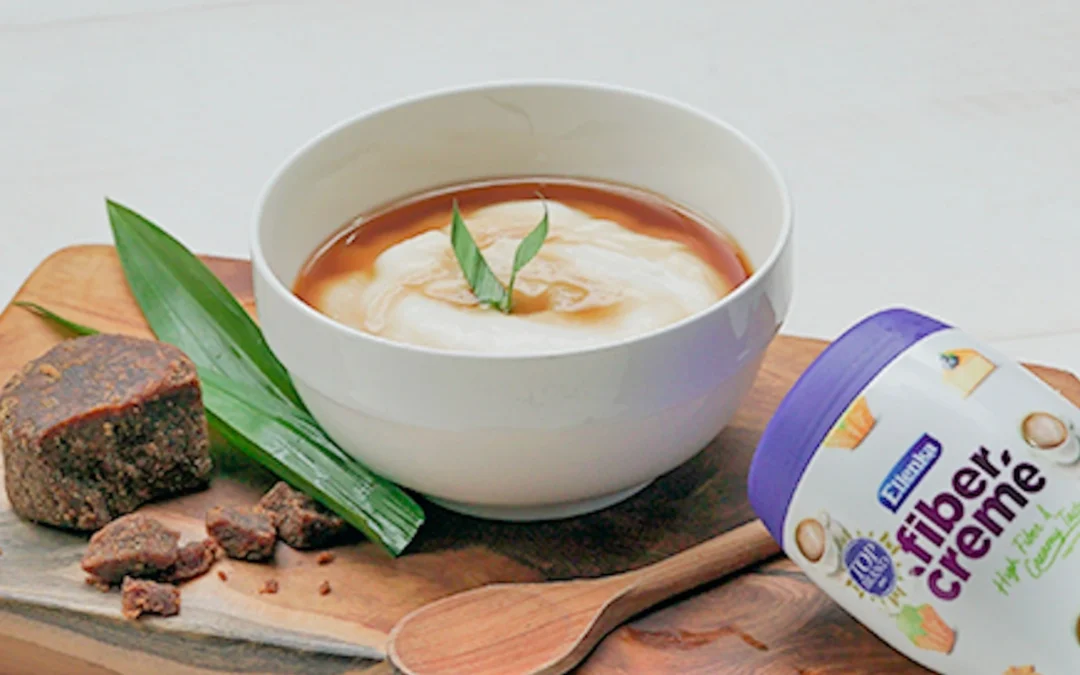 Tempeh is one of the most popular food ingredients, loved for its savory taste, high nutritional value, and versatility in various dishes. However, since it’s made from soybeans and goes through a fermentation process, tempeh is quite prone to spoilage if not stored properly. Spoiled tempeh is definitely not safe to eat and can lead to digestive issues. So, to help you stay cautious before cooking or preparing tempeh, it’s really important to recognize the signs of spoiled tempeh. Let’s take a closer look at them below!
Tempeh is one of the most popular food ingredients, loved for its savory taste, high nutritional value, and versatility in various dishes. However, since it’s made from soybeans and goes through a fermentation process, tempeh is quite prone to spoilage if not stored properly. Spoiled tempeh is definitely not safe to eat and can lead to digestive issues. So, to help you stay cautious before cooking or preparing tempeh, it’s really important to recognize the signs of spoiled tempeh. Let’s take a closer look at them below!
Signs of Spoiled Tempeh
 Here are several signs you can look for to identify when tempeh is no longer safe to consume:
Here are several signs you can look for to identify when tempeh is no longer safe to consume:
1. Color Changes
Fresh tempeh typically appears pale white due to the healthy growth of Rhizopus mold. Over time, this color may shift to grayish, brownish, or even slightly black. These changes can be normal in over-fermented tempeh, as long as the texture and smell remain acceptable. However, if the dark color is accompanied by the disappearance of the mycelium, uneven patches, a strong sour odor, or slimy texture, it’s a clear sign that the tempeh is starting to spoil. It’s important to observe these other indicators alongside color changes.
2. Unpleasant Odor
Fresh tempeh usually has a slightly sweet aroma from the fermentation process. However, once it goes bad, the smell becomes sharp, sour, or even rotten. If you notice a strong, unpleasant odor when opening the packaging, it’s best not to use the tempeh.
3. Slimy or Mushy Texture
Another sign is a change in texture. Spoiled tempeh often feels soft, wet, or even slimy. This can be caused by over-fermentation or the growth of unwanted microorganisms. It’s very different from the firm and dry texture of fresh tempeh.
4. Sour or Bitter Taste
If you happen to taste it, although it’s not recommended if the tempeh already seems suspicious, spoiled tempeh usually tastes sharply sour or bitter, far from the signature savory flavor of fresh tempeh. This is a clear sign that it’s no longer suitable for consumption.
5. Appearance of Other Molds
The mold that should grow on tempeh is white Rhizopus. But when tempeh has gone bad or becomes contaminated, you might see spots of other molds in black, green, brown, or orange. These are different from the natural color changes of aged mycelium. If foreign mold spots appear, the tempeh should be discarded immediately, as it is no longer safe to eat.
6. Tempeh Falls Apart Easily
Another sign of spoiled tempeh is that it crumbles easily when sliced or cooked. Fresh tempeh generally has a compact structure, making it firm and easy to cut without falling apart.
Read More: Signs of Spoiled Enoki Mushrooms You Should Check Before Cooking
Tips for Storing Tempeh to Prevent Spoilage
To make tempeh last longer, it’s best to store it in the refrigerator, either in the chiller or freezer. If stored at room temperature, it should ideally be cooked within 1–2 days after purchase. Wrap the tempeh in paper or perforated plastic to allow air circulation and prevent excess moisture.
Make Your Tempeh Dishes More Exciting with FiberCreme!
 Recognizing the signs of spoiled tempeh is not only important for preserving the flavor of your cooking, but also to avoid potential health risks. So before preparing any dish, make sure to carefully check the color, smell, texture, and overall condition of the tempeh.
Recognizing the signs of spoiled tempeh is not only important for preserving the flavor of your cooking, but also to avoid potential health risks. So before preparing any dish, make sure to carefully check the color, smell, texture, and overall condition of the tempeh.
Tempeh can be transformed into a variety of creative and delicious dishes! It’s not just for frying, with a little creativity, you can turn tempeh into modern, high-fiber meals that are both tasty and healthier. Try making Tahu Tempe Bacem using FiberCreme as a coconut milk substitute, or cook up a richer, creamier version of Sayur Tempe Lombok Ijo. You can even turn tempeh into a homemade Tempeh Steak!
With FiberCreme, your tempeh creations can be more flavorful and nutritious, high fiber, cholesterol-free, and low sugar. Perfect for anyone who wants to eat well while maintaining a healthy lifestyle!
Looking for more recipe inspiration? Check out delicious cooking ideas on Instagram @FiberCreme_TV and the Ellenka YouTube channel.






I have seen numerous posts that when the mycelium turns blackish, this indicates tempeh is mature – not spoiled. Yet you say here that it indicates spoilage.
Hi, thank you for the correction. Actually, the darkening of the mycelium can indicate two things. If it’s only slight and the tempeh still has a firm texture and its distinct aroma, it may simply be well-fermented or over-fermented, but not spoiled. However, if the dark color is accompanied by a strong odor or slimy texture, it’s a sign that the tempeh has gone bad.